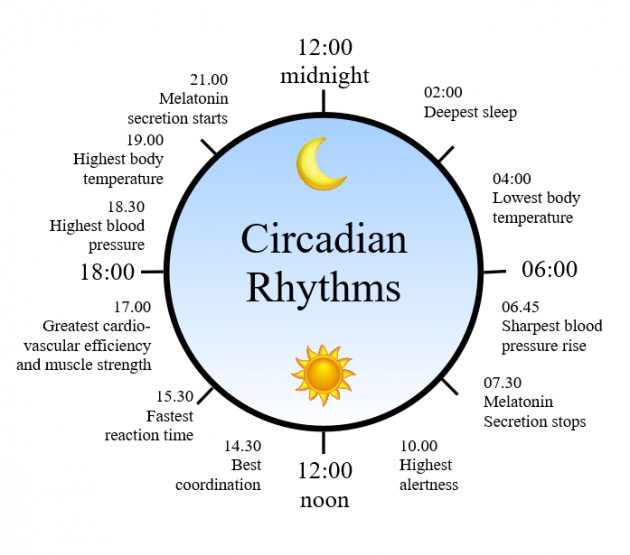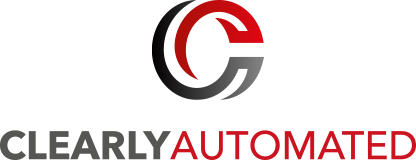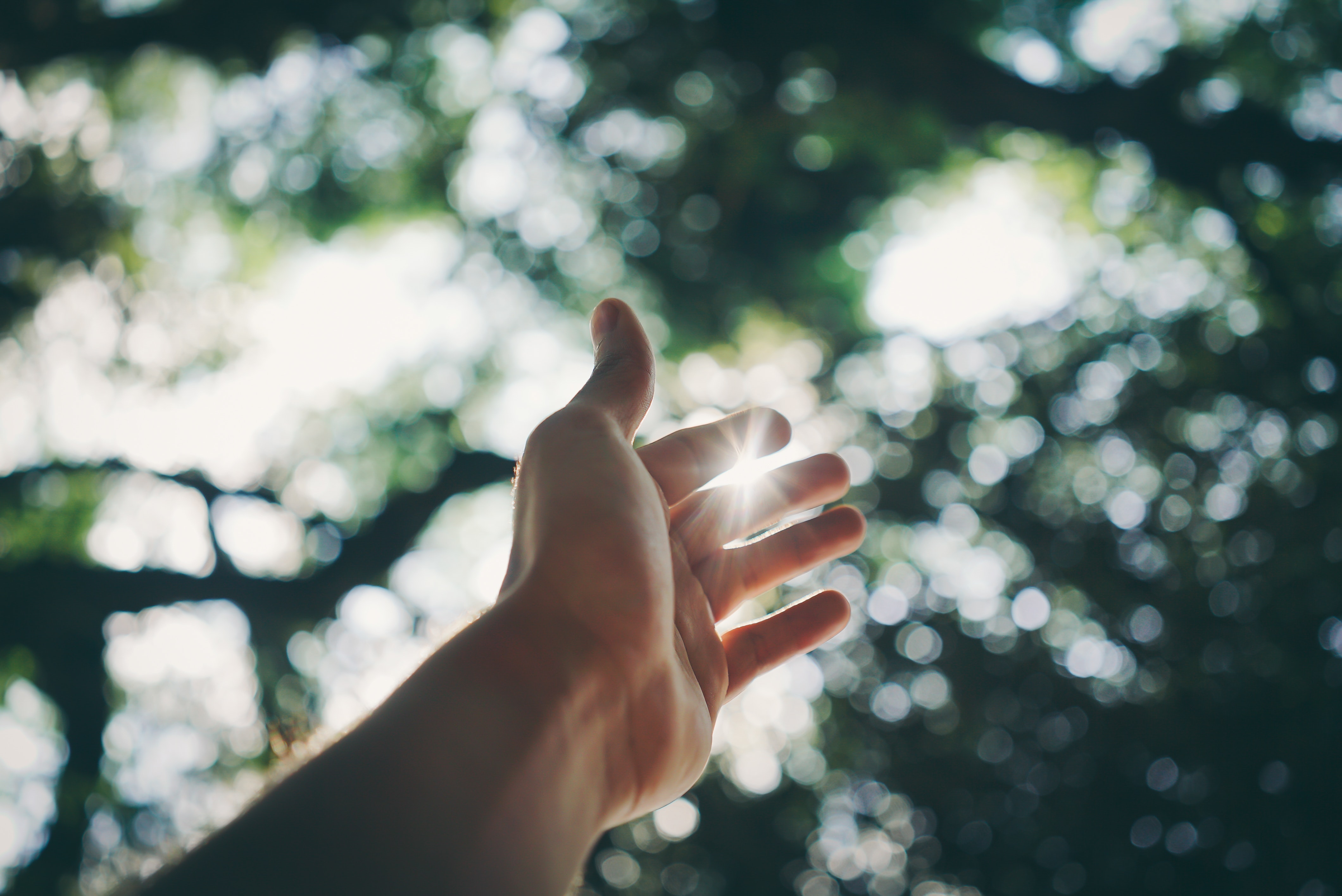Have you heard of it? Sometimes referred to as ‘Human Centred Lighting’ (HCL). We think it’s going to be massive and it’s the stuff of science fiction. We’re excited about it and it’s not long before it’ll be out there and available, first to the commercial world but then to individuals in their homes.
So why are we so excited?
It goes back to when we were cavemen and women.
We are evolved to respond to natural light levels. For tens of thousands of years human beings as a species relied on the sun as their only source of light. When the sun came up, we would start our tasks for the day – we would forage, hunt and build shelter. When the sun went down, we would sleep. So naturally, we have evolved to have the energy to be productive with natural light and feel sleepy when the sun goes down.
Could this improve general health and wellbeing?
Since the invention of artificial light, our way of working and living has changed. We now work by artificial light, sometimes after the sun has gone down. Even if we’re not working, we stay in our homes lit by artificial light. Even if these buildings are beautifully lit from an aesthetic point of view, the light quality is not something that has been considered and would usually be very different from natural light. So, all of this is messing with our chemical response to light and our feeling of wellbeing and energy levels.
This calls for a bit of science

We all have a body clock, called a Circadian Rhythm. This 24-hour cycle exists for all living beings, including humans, and is modulated in part by external cues such as sunlight and temperature. For the purposes of this article, we’re interested in the effects of light. When the sun goes down, the eyes send a message to the brain to release melatonin, a hormone that makes us feel sleepy. There are also other physiological changes that occur throughout the day due to the release of the hormone cortisol, which is also triggered by light signals. Cortisol and Melatonin work to regulate blood sugar and energy levels.
Many people suffer from low energy in today’s world – could this be partly to do with the quality of the artificial light?
Could the extended use of bad quality light in the evenings (and indeed on our phones) be preventing a decent night’s sleep?
How to improve the quality of light
The important point here is that in order to mimic natural light to enhance our natural biological rhythm we need to look at not just the quantity of light, but also the quality. By that, I mean the wavelength (or colour) of the light. You may have heard about ‘blue light’ and how it can affect melatonin levels and sleep. It has been shown that blue light sends a signal to our brain that the sun is up and suppresses melatonin production, stopping us from feeling sleepy. When we turn on ‘Night Shift’ on our smartphones, the phone automatically takes the blue tones from the back light on the screen (in case you’re interested, those with a wavelength of around 470 – 525 nm) – this is a form of bio-adaptive lighting, designed to reduce the suppressing of melatonin production after dark.

It has been shown that the blue light wavelengths increase alertness and suppress melatonin production, but this raises more questions about the effects of the other colours of light on our wellbeing. It also raises the question of how lighting designers will balance aesthetic considerations with health and wellbeing considerations. Can the two be achieved together?
It is also important for architects and designers to consider the importance of maximising the natural light that is brought inside from the outside, with large windows, possibly with the addition of automated blinds.
A good general guide to the latest research on the effect of different wavelengths on health and mood can be found here
Let’s do this!
It sounds like a no brainer doesn’t it? The technology is nearly there but there are some challenges that need to be overcome before bio-adaptive lighting is widely available. Here are some of the challenges facing installers like us and manufacturers.
High quality (high CRI) light fittings
In order to mimic sunlight and it’s subtle colour differences as it rises and sets, you have to use a light source with not only an ability to project specific colour variations but also one with a very good colour rendering index (CRI). This index has a maximum of 100 where natural daylight is 100 – anything over 90 is classed as very good colour rendering. Take a look at the website www.fluxometer.com and you will see that different sources of light give very different qualities of light. They may all look ‘white’ but are not emitting the full spectrum of colour. LED lights may be more efficient but often don’t have a high CRI, rarely over 80. So designers and installers need to balance price, design and efficiency with sophisticated and high CRI light bulbs if they are going to provide an effective bio-adaptive light solution.
Cycling the daily changes in light quality
Another challenge is finding the technology to send the information to each bulb so that these subtle changes take effect throughout the day. Cisco is developing a new system of powering lighting through ethernet ports (power over ethernet or PoE) which allows for this transmission of data over wifi, which is going to be a big player in bio adaptive lighting in the future. More about this here
We already have home smart light systems like Philips Hue and LIFX that are touching on bio-adaptive lighting but these systems currently don’t have a sophisticated bio adaptive function so rely heavily on the user updating the app themselves, sometimes for each bulb. It’s onerous on the client and not everyone wants to be fiddling around with apps after initial installation. So the technology isn’t quite there yet for a professional set up but it’s getting closer.
The future of bio-adaptive lighting
An interesting and possibly controversial development that is definitely on the cards is a truly personal bio-adaptive experience where receptors are attached to the body so that the environment (including the lighting) is adjusted to ensure that the levels are exactly right for the optimum health and wellbeing of the individual. This could even extend to recommendations on diet and medication. Perhaps a little bit too “big brother” for some people but on the other hand, could these receptors really enhance human existence in the coming years?
We will be watching with interest…
References
“Quality of Light in the Home” CEDIA White paper (free to members) https://www.cedia.net/ProductCatalog/Product.aspx?ID=2205
“CEDIA Talk: Understanding The Opportunities of Bio-Adaptive Lighting | Peter Aylett, Archimedia“ https://www.youtube.com/watch?v=rXKCn5I0KbA
“Bio-Adaptive Lighting: How it works” https://www.youtube.com/watch?v=Fp2Z5lFB0e4

